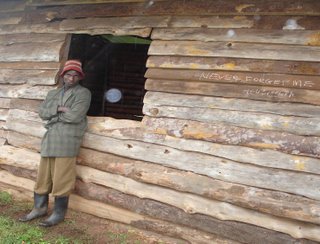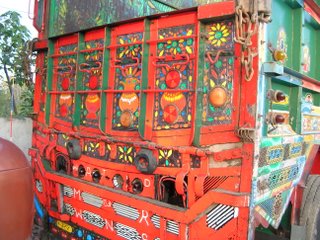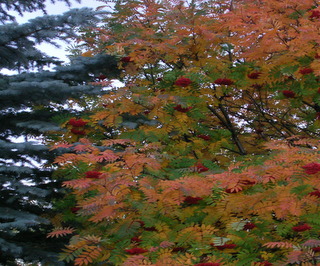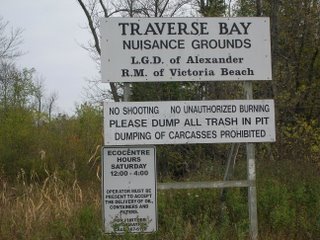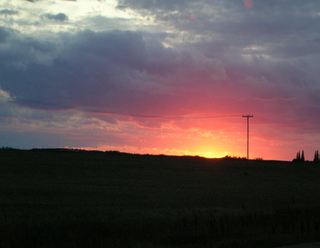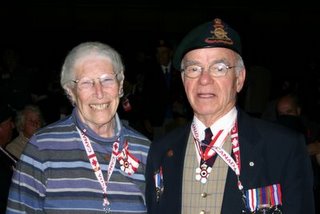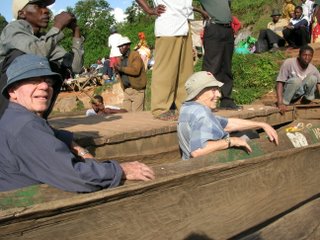Go For It

My strip of foam stretches out beneath the table. My friend has found a massage table in the hall closet and by lowering the legs as far as they will go, makes her bed against the bookcase that sits perpendicular to my foam. We are visiting our friend, Barbara. We have only the two days together so to optimize our time together, we decided to bunk with her in her small apartment.
We met through our Rosen Method bodywork so we continue with the same kind of activities we began then. We talk about old friends, eat great meals and drink strong coffee. We consult our horoscopes and read Tarot cards. We laugh a lot and discuss our soul work and where we are in our lives. And we cavort in thrift shops.
This is the first time I have seen Barbara since she moved from her childhood home in this same town, with its extensive rose garden to this Leisure Home. Barbara is 90 and remarkably between such visits we manage to keep in touch by internet mostly. Barbara's email handle is Go For It. She says she didn't understand about email addresses when she settled on it--didn't know she would be saddled with it-- but we think it is incredibly appropriate. Her favorite admonisions to us are a) Listen to what the universe is telling you and b) Go For It. Usually in that order. At one of our Rosen workshops during a tour of the local thrift shops, we found a board game appropriately named Go For It and brought it home for her.
Our forays into thrift shops are mainly for the purpose of searching for synchronicity, in as much as one can not really look for synchronicity but stumble upon it. To do this we notice what in the thrift shop (read universe) attacts us and reflect on what lesson it holds.
As Barbara says these days, "When your reach for the glass, the glass comes towards you".
She is currently reading Chilton Peace's The Death of Religion and the Birth of Spirit, along with a large pile of similar books. Years ago he wrote The Crack in the Cosmic Egg and it seems Chilton-Peace has ventured even further afield since then.
On this trip up and down the aisles, my friends locate a picture on glass of an owl. To me it looks like a make-work project as the frame is damaged and will need to be removed to be fixed but they are thrilled with it.
"Owls, says Barbara, "are about wisdom and letting go."
The exquisite Sterling Silver brooch I find of a hare in chase, in the same thrift shop, shines up with a bit of rubbing and I realize I have a real find for am amazing $2.25.
"Rabbit," I note outloud, "better not mean fertility at my age."
"Maybe fertility of ideas," says Barbara, "and clarity of eye and transformation."
It is amazing what our serenidipity approach uncovers.
Barbara is adamant enroute home that we take the car through the car wash. Well, the car is a tad dirty after the drive down to Seattle. She acknowledges later in a light-hearted way, that it was important for her to go thru the car wash. For her, as well as for us, somehow washing all the dirt and grim off prepares us to shine, indeed to trail clouds of glory. It is wonderful and reassuring to be surrounded with such a perception of the world.
Later when I acquire the lovely children's storybook of Pele the Lamplighter, with its exquisite drawings and enchanting story, Barbara reflects how it is an invocation to continue to light lamps as we go. Nothing escapes her eagle eye. We are learning not only about going with the flow from Barbara but to Go For It !
Photos: Barbara with Go For It Game
Labels: Friends


